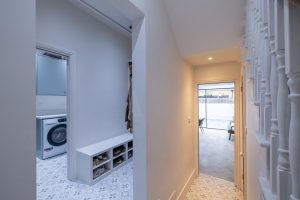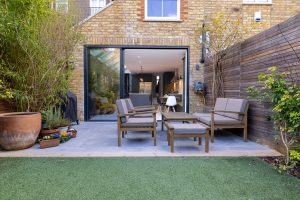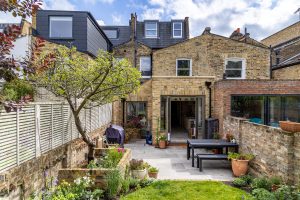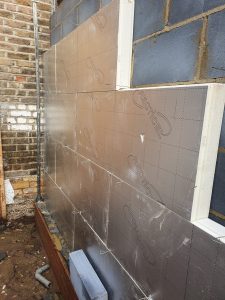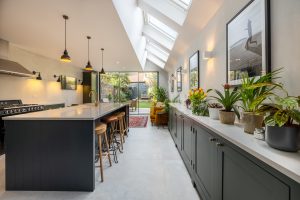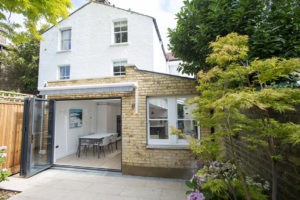A question we are often asked by prospective clients is: why design and build? What makes a design and build company a better option than the traditional model of using an architect and then contractor? There are a number of key reasons which make an end to end model more attractive for the standard home extension. It can not only save you time, but sometimes money too, so it is worth exploring both options to see what works best for you.
What is the “Traditional” Model?
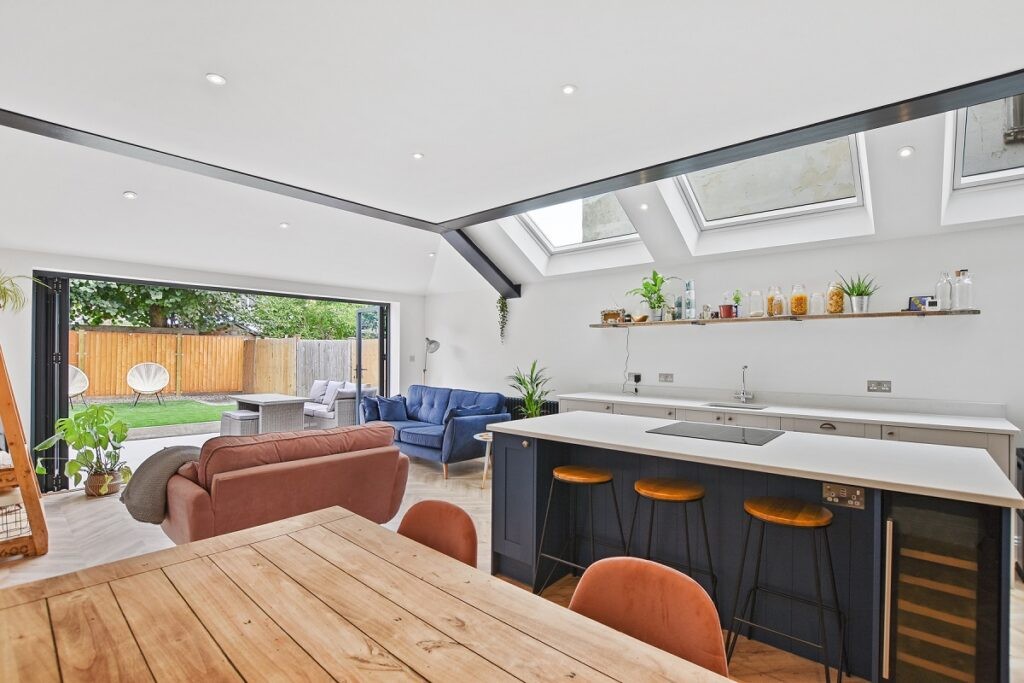
The “traditional” procurement model for major building works looks like this. The client first appoints an architect, who in turn produces plans. Following receipt of planning permission, a structural engineer is typically appointed.
With all the necessary build information in place, the architect then orchestrates the tender process. A shortlist of contractors (typically five, but sometimes three) are then invited to tender for the works. The architect then reviews these tenders and makes a recommendation, which is put to the homeowner to make the final decision.
On appointment of the contractor, the architect will draw up the contract. Where appointed to do so, they will administer the contract on site. The client may also wish to appoint a separate Project Manager.
What is Design and Build?
Under the design and build model, the end to end process is managed by one company. In practice, everyone does this slightly differently. For example, there are some firms who focus almost exclusively on the build. Once that is agreed, they will employ a designer to prepare and submit plans.
Other companies, place more of an emphasis on the design. Therefore, they have two distinct phases: design first, followed by the build. And often there is a stage gate in the middle. This allows clients to seek competitive bids from other contractors, should they wish to do so.
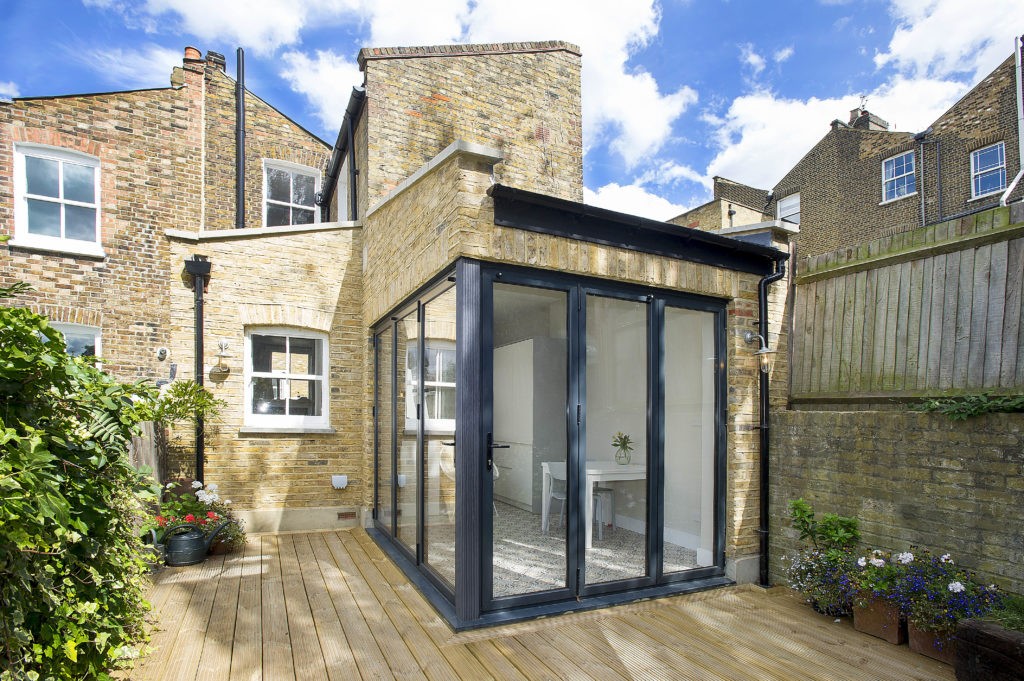
Ostensibly, the different approaches have the same objective. That is: a more efficient method of arriving at the end result – i.e. the finished project. By undertaking both the design and build processes under one roof, there is the opportunity to streamline the individual elements. In doing so, the client can save costs – particularly with regards to the design and tender phase.
These cost savings mean there is a small percentage of the client’s overall budget taken up with the design phase. Simply put, this means there can be more spent on the build. To translate this into percentage terms, a typical “traditional” model scheme will have total professional fees in the region of 10-15% of project value. Whereas, with the design and build approach, the fees are typically half – i.e. 5-7.5%. In the context of a £125,000 budget – these savings would amount to almost £10,000. This is a healthy contribution to a new kitchen!
Horses For Courses
A key consideration when deciding which model to opt for is the budget for the works. For projects where the budget is upwards of £150,000 ex VAT, it may be advisable to go to formal tender. In which case, the ‘traditional’ model is often the best route. However, with budgets less than £150k, then the costs of formal tender will be a significant proportion of the overall budget. This procurement model will not be as efficient as the design and build model.
At Build Team we offer a hybrid solution; we have fixed design fees at the outset – however, we also offer homeowners the option to self-tender their works via our Two-Stage process.
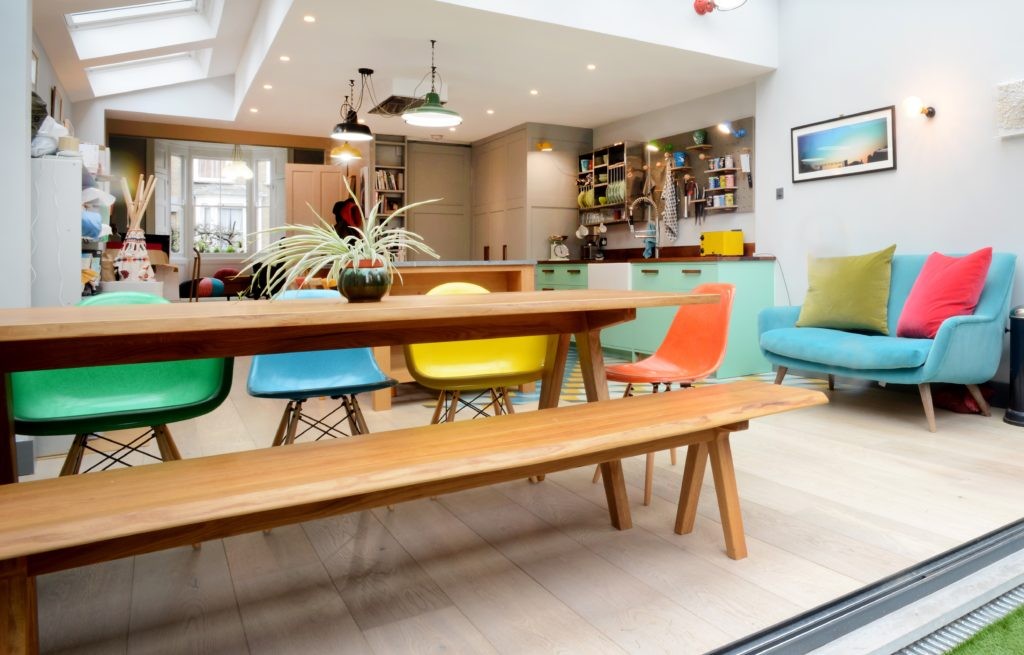
It is also important to consider that the contract sums which return via formal tender (the ‘traditional model’), are very often higher than the build costs involved in design and build.
There are many reasons for this. Firstly, the contractor has to recover their overhead costs from tendering for the works. Given they do not win every job, this needs to be distributed among the jobs they do win.
Secondly, with a formal tender process, there will be contractual obligations placed on the contractor. These can sometimes be onerous, and therefore attract higher costs.
And finally, the contractor will need to allow for dealing with a third party. This is the architect, but sometimes also a project manager and quantity surveyor. This dialogue can often be quite time consuming.
Key Benefits of Design and Build When Considering a Side Return Extension or Loft
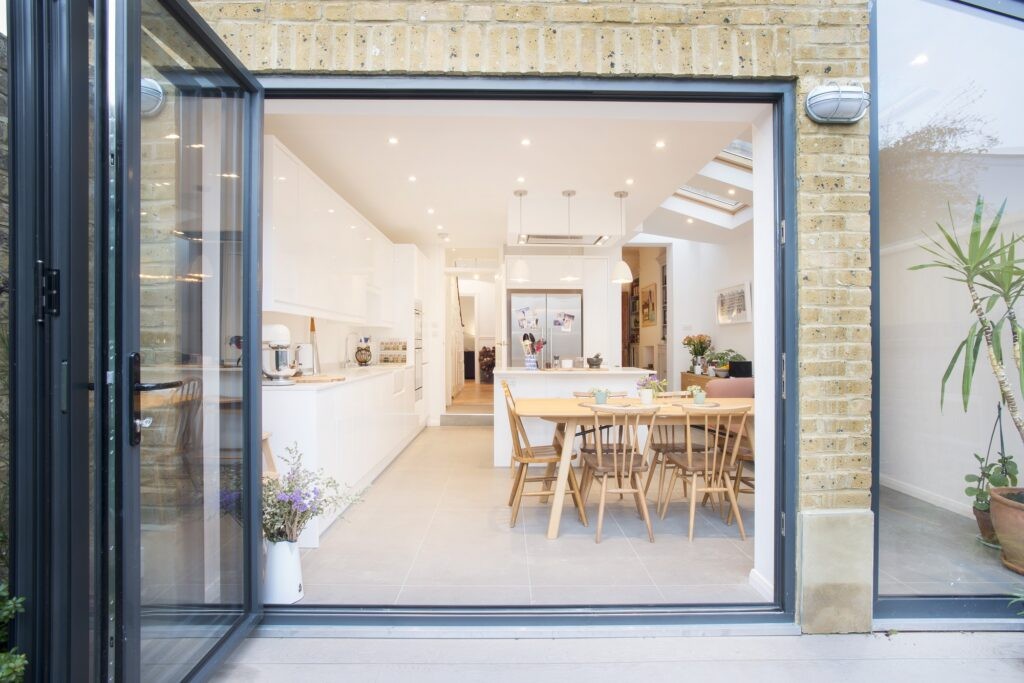
When you are looking to undertake a side return or loft extension, a design and build company has a number of key benefits.
The first is the speed of procurement. At the start of the design phase, you will have a ballpark figure for the build phase. Once design confirmation takes place, the construction arm can price up the final costs for the job. By not going to a formal tender, you can save a significant amount of time and money. This means that you can get started on the construction quickly, and spend a little more on those all-important finishes.
Efficiency on site is a major benefit to using a company that has an end to end process. By housing the design and build departments in one office, it means that if any questions or issues arise throughout the construction, the project manager and contractor are able to speak with the designer directly and quickly. This is ideal for fast problem solving and overcoming unforeseen circumstances, saving both time and money for all involved.
By having a design and build department linked together, it irons out a lot of these issues before groundworks even begin. During the design phase, the designer can cross check any details with the contractors. There are also meetings between the designer and build project manager. These allow the two teams to go over the plans in detail, to ensure the build runs as smoothly as possible.
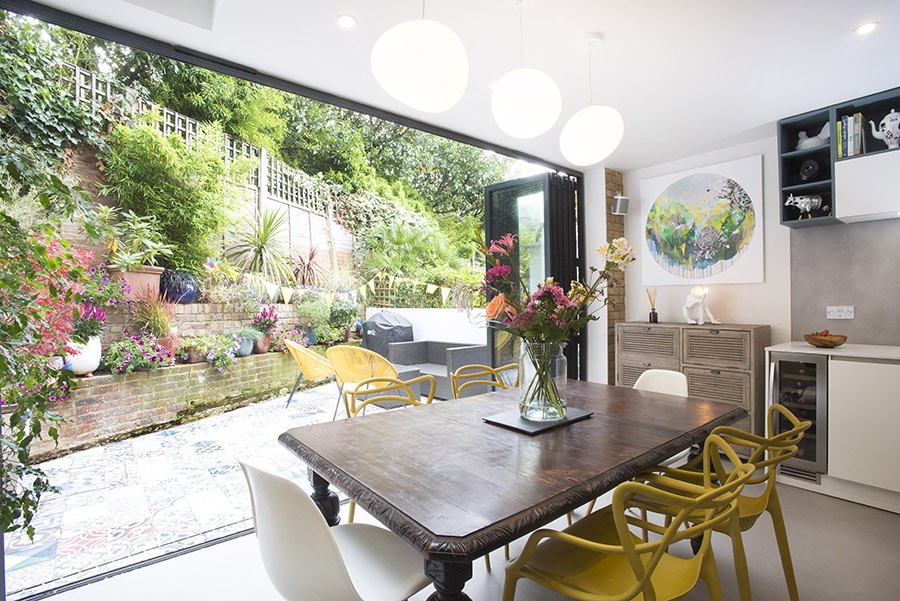
Finally, design and build will give you added confidence in the contractor. You can be sure that the contractors are competent to take on the works, as they will have worked already on similar projects with the company. As a prospective client, you are also able to ask the design and build company to see previously completed projects. Or, possibly, you may be able to visit sites during construction, to see how they work and meet contractors.
At Build Team we hold House and Virtual House Tours throughout the year. These allow you to view a project we have designed and built. You are then able to road test the quality of the finish, as well as meet with members of our team.
So, returning to the original question: why design and build? These are just some of the main benefits of using a design and build company such as Build Team. The flexibility to use us for the full end to end process, or to tender out to other contractors, means that you get the best of both worlds. And, of course, there is the added benefit of saving time and money.
As mentioned, not all projects best suite the design and build model. So, if you are considering a ground floor extension or a loft conversion, then email hello@buildteam.com to arrange a FREE Design Consultation. You will be able to speak with one of our architectural designers. They will discuss the design and build packages we can offer you.


